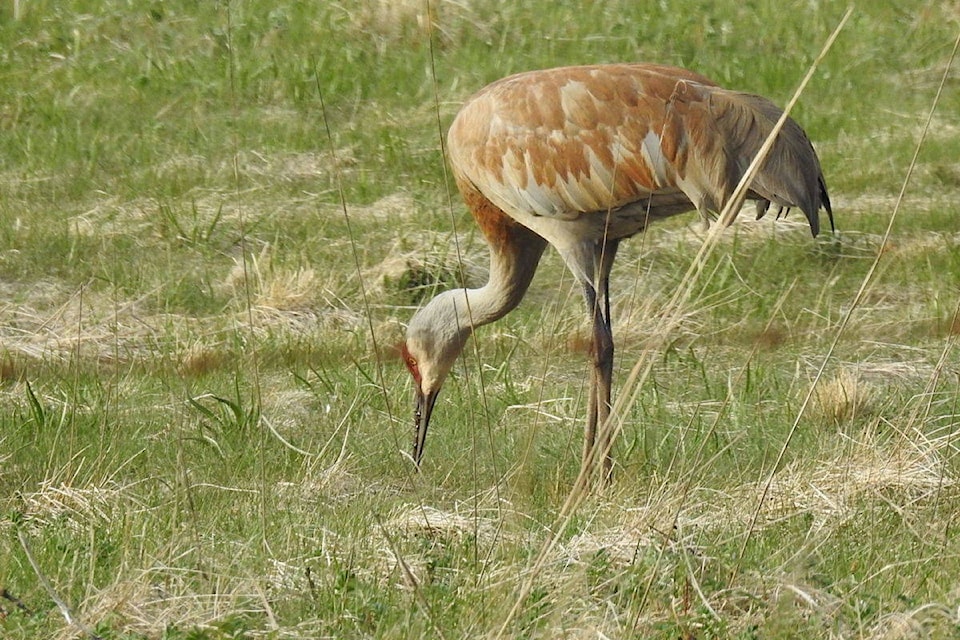By Margo Hearne
It’s summer on Haida Gwaii. A quieter time for sure, we have no off-island visitors as COVID-19 lurks out there somewhere. The Nature Centre at Delkatla, which depended on tourists, will have very limited opening hours this year.
The centre was built to help explain why Delkatla Wildlife Sanctuary was restored to its original salt water system. What had been a thriving intertidal salt marsh had been blocked by a causeway for 30 years. A major fundraising effort was successful, a bridge was built and the salt sea rushed in. Within a few years, intertidal plants, fish and birds returned. The wintering waterfowl population went from an average of 74 birds in 1994 to an average of 1,644 in 1997, two years after the breach. Twenty-five years later, the figures are much the same.
Then the Nature Centre had to be built. It opened on Sept. 21, 2002 and the dedicated volunteers, who had worked so hard to raise funds to build the bridge, wanted to find a home for all the information about the Delkatla Wildlife Sanctuary that had accumulated over the years. There were boxes of history and mounds of paperwork. There still are. Nature centres need visuals; text doesn’t display well. However, having the files on hand provided the means to create displays that try to show very complicated natural ecosystems in simple ways.
Does attempting to put the natural world into a box-like building defeat its purpose?
In a way. Natural history museums often display what went before, and may even be constructed on the very habitat being interpreted at great cost to the wildlife and people that once lived there. (Something was always there before the city was built.)
But if we didn’t have a place to acknowledge that, and try to understand and respect what once was, we will carry on blindly in the name of ‘human achievement.’ Nature interpretive centres can help to explain that our world is not the only world on planet Earth; there are millions of other worlds, all busy as the bees that are in their world, working for their own tomorrow.
And meanwhile, in the natural world at this time on Haida Gwaii, forest birds are going crazy feeding youngsters, sandhill crane chicks seem attached to the feet of their parents and rain trickles down the windowpane. It’s summer on Haida Gwaii.
ALSO READ: On the Wing: Diatoms in Delkatla and the secrets of biofilm
Do you have something to add to this story or something else we should report on? Email:
karissa.gall@blackpress.ca.
